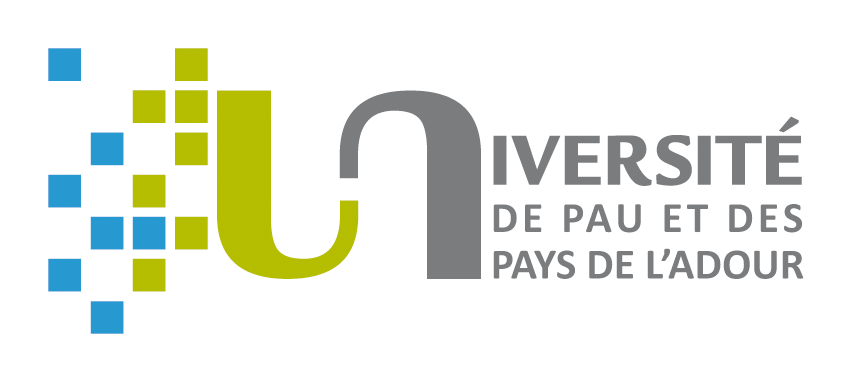Module 2
Numerical simulation tools
Python
Jacques Hertzberg, Vincent Le Bris,
Marc Odunlami, Germain Salvato Vallverdu

Schedule of the training course
Course materials
- Available online at elearn.univ-pau.fr
Operating mode
- Priority is given to autonomy and group work.
- Tutored instruction
The different layers of the software

- How to use the operating system?
- How to write new applications/programs?
Talk to a computer

Programming
- There are many programming languages
- The important thing is to know how to sequence the instructions
- A computer is not intelligent, you have to guide it step by step.
Python: a short introduction
Brief history
Python is an easy to learn, powerful programming language.
- 1991: Conception of the language by: Guido van Rossum.
- 1996: First version of Numerical python, future numpy.
- 2001: Birth of the Python Software Fundation (PSF).
- 2003: Development of matplotlib
- 2008: Release of python2.6 and python3.0
- 2020: End of support of python 2.7
Current highest python version: 3.9.2 (March 8, 2021)
The monty Python



women's community
PyLadies community

Django Girls: tutorials and meetup

Some apprehensions

Program ?
Conditions
if condition:
go_forward()
elif new_condition:
go_backward()
else:
stay_in_place()
Loops
for element in a_list:
jump()
while condition:
wait()
Well done, you know how to program!
The tools
Jupyter notebooks

Features
- web application
- source code
- explanatory text, equation
- visualization, plots ...
Anaconda

- Python distribution for data sciences
- A set of python software : jupyter, spyder, package manager, vscode
- Data science platform
- An easier solution for windows ...
- Installation in user folder, usb key, without admin rights